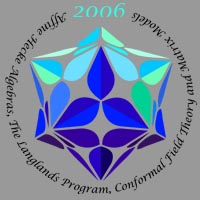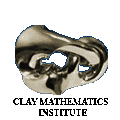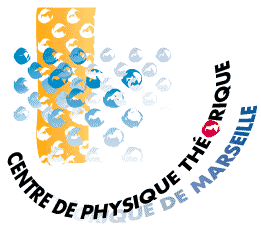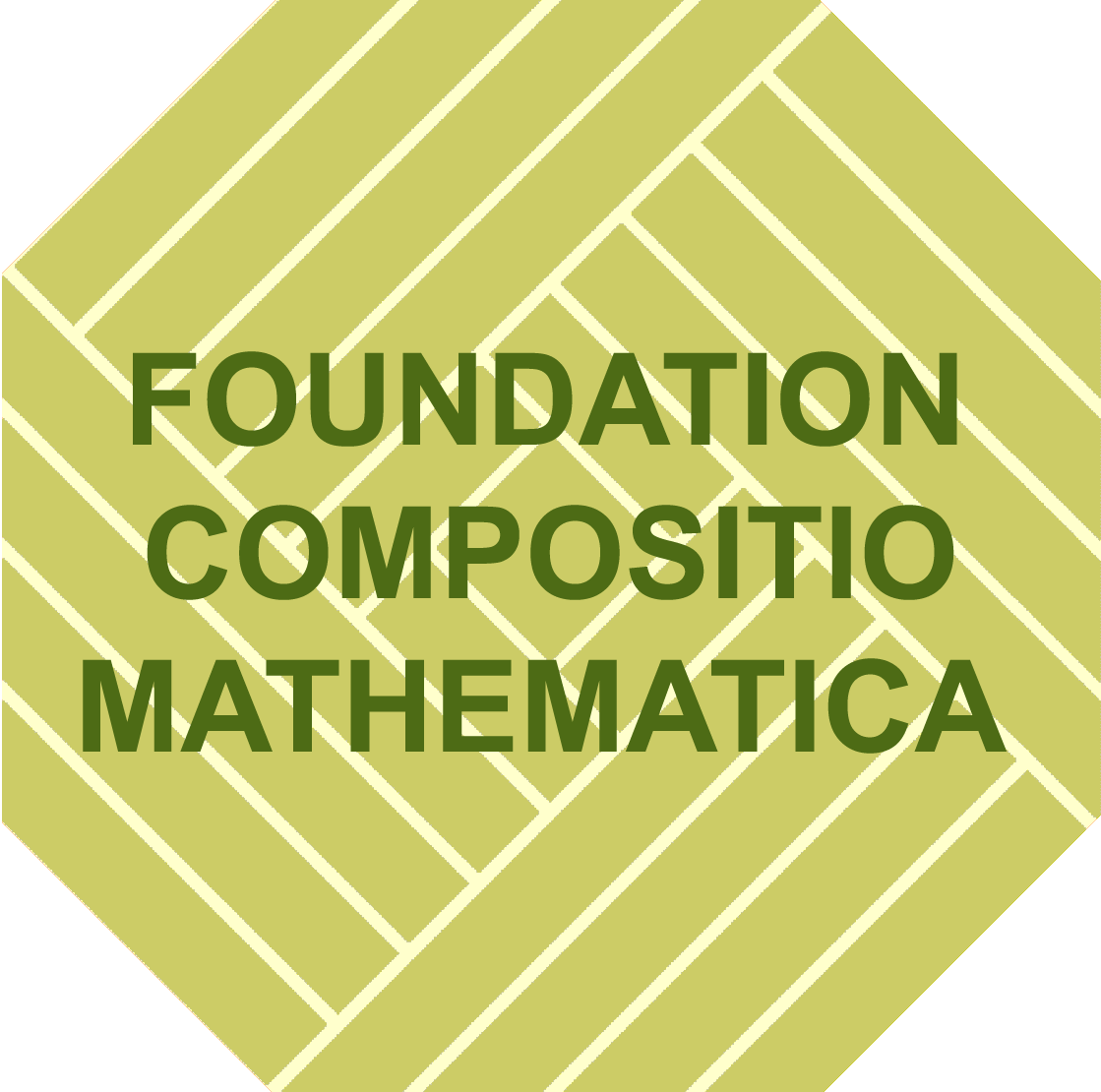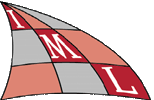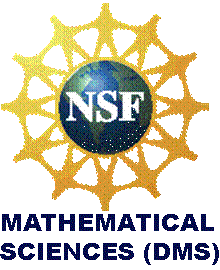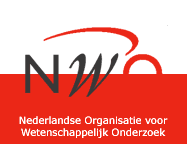OVERVIEW
AFFINE
HECKE ALGEBRAS
Affine
Hecke algebras appeared as a tool in the theory of automorphic
functions. Now they are indispensable in modern representation theory,
combinatorics, geometry, harmonic analysis, mathematical physics, and
the theory of special functions. The Langlands program, the theory of
quantum groups, invariants of knots, the modern theory of the symmetric
group and Weyl groups, Lusztig's modular conjectures, and
applications to the theory of spherical and hypergeometric functions
are well known examples.
Double Affine
Hecke algebras, DAHA, are a fundamental development. They unify Affine
Hecke algebras and Heisenberg-Weyl algebras. After they were employed
to prove Macdonald’s conjectures including the celebrated
constant term conjecture, they have attracted a lot of attention. There
is recent progress in the following directions: harmonic analysis
(Cherednik, Opdam, Delorme, Stokman), representations of DAHAs and
K-theory (Vasserot), the theory of Calogero-Moser varieties (Etingof,
Ginzburg), the applications of DAHAs in the so-called double arithmetic
(Kapranov, Gaitsgory, Kazhdan), Schur algebras (Opdam, Rouquier,
Varganolo, Vasserot), diagonal coinvariants (Gordon, Cherednik),
quantization of certain algebraic varieties (Etingof, Oblomkov, Rains).
These
developments, the progress in the theory of Affine Hecke algebras and
relations to the Langlands program will be in the focus of this part of
the meeting.
Affine and double affine Hecke
algebras are directly connected with conformal field theory via the
Knizhnik-Zamolodchikov equations, Quantum groups, Verlinde algebras.
Their relations to the theory of matrix models are still not clarified;
the recent q-theory of Gauss and Selberg-Mehta-Macdonald integrals, a
part of a new difference harmonic analysis program are expected to be a
natural link between the two theories. Establishing new connections to
conformal field theory and matrix models, could be an important outcome
of the meeting, as well as establishing connections of DAHAs with the
p-adic Langlands program and Lusztig modular conjectures.
LANGLANDS
PROGRAM
The
Langlands Program has emerged in the late 1960s in the form of a series
of far-reaching conjectures tying together seemingly unrelated objects
in number theory, algebraic geometry, and the theory of automorphic
forms (such as Galois representations, motives, and automorphic forms).
In recent years it was realized that the Langlands conjectures (in the
function field case) may be formulated geometrically, thereby allowing
one to state them over an arbitrary field (e.g., the field of complex
numbers). This approach has led to Drinfeld's proof of the
Langlands conjecture for GL(2) in the function field case.
L.
Lafforgue has proved the Langlands conjecture for GL(n) in the case of
the field of functions on a curve over a finite field. Geometry of
bundles on curves with additional structures (shtukas) plays an
important role in his proof.
On
the other hand, Beilinson and Drinfeld suggested a variant of the
geometric Langlands correspondence over complex field. It relates Hecke
eigensheaves on the moduli stack of G-bundles over a complex curve X
and local systems for the Langlands dual group of G. They construct
this correspondence via quantization of an integrable system on the
cotangent bundle to the moduli space of G-bundles defined by Hitchin.
Their work uses in an essential way methods from physics, especially,
conformal field theory.
Recently,
there was a significant development in this direction in the GL(n)-case
by Gaitsgory, based on the work of E. Frenkel, Gaitsgory and Vilonen.
It will be one of the key directions of the meeting together with
important recent results by Laumon and Ngo on the Langlands-Shelstad
Fundamental Lemma over a local field of characteristic p> 0. The
latter has resisted all attempts to prove it for more than twenty years
and is directly connected with the geometric Langlands program. The
approach due to Bezrukavnikov to the Lusztig modular conjectures could
be one of other direction.
There
have been numerous other achievements in recent years, such as the
proof of the local Langlands conjecture; Harris may talk about this.
The ideas of local Langlands correspondence have been expanded to the
realm of representations of loop groups and affine Kac-Moody algebras
and D-modules on affine flag varieties by Feigin and Frenkel, and more
recently by Frenkel and Gaitsgory (who may talk about this subject at
the conference). This gives a new categorical version of the Langlands
correspondence, involving categorifications of affine Hecke algebras
and their representations.
Some
important results have also been obtained in the study of higher
dimensional analogues of the Langlands correspondence. These involve,
in particular, the realization of the double affine Hecke algebras and
its variants as Hecke algebras for reductive groups over
two-dimensional local fields.
The
p-adic Langlands Program requires special comments. Congruences between
Fourier coefficients of modular forms have been directly involved in
many of the important advances in number theory in the past few
decades. For example, congruences played its role in the dramatic proof
of modularity of elliptic curves over Q, a few years ago. The striking
fact is that classical modular forms (technically: eigenforms for the
Hecke operators and of finite slope) are intimately connected by a very
important and remarkably intensive web of congruences. This has
developed into a promising field, where especially in recent years, the
power of the theory automorphic forms (for a large collection of
reductive groups) has been enhanced by considering p-adic analytic
spaces parameterizing automorphic forms and their p-adic
interpolations; these parameterizing spaces are sometimes called
eigenvarieties.
What
is in progress, here, is a recasting of the Langlands program in the
language of eigenvarieties, to incorporate all this congruence data and
its rich arithmetic applications. For this, one needs a p-adic-valued
theory of automorphic representations as well. This direction,
including recent developments, will be well represented at the
conference. Through the Tate-Mumford p-adic uniformization, this
direction is hopefully connected with the new theory of q-functions
based on DAHAs; the meeting could be a good place to try to understand
this connection. There are new important lines of the interaction
between LP and physics to be discussed at the conference such as the
recent results by Kapustin and Witten, by Pioline and others.
CONFORMAL
FIELD THEORY AND MATRIX MODELS
The
focus of the CFT-MM part of the meeting will be the theories of random
matrix models and their applications in conformal field theory, 2D
quantum gravity and string theory (c = 1, superstrings, and branes),
and statistical mechanics, and the relations to Calabi-Yau manifolds
and the AdS/CFT correspondence. The CFT itself will be well represented
too, including recent results in the boundary and perturbed conformal
theories.
The
connections between matrix models, integrable systems and topological
string theory on Calabi-Yau manifolds (Vafa and collaborators), and
understanding the Dirichlet branes in low dimensional string theory
sparked by the construction of boundary states in the Liouville theory
(Fateev, the Zamolodchikovs, Teschner) are among the highlights of
recent work in matrix models and string theory.
The
long-standing problem of finding a matrix model realization of the
twodimensional black hole using the matrix models of the topological
string theory attracts a lot of attention, including computations of
the black hole entropies, a generalization to other classes of
Calabi-Yau manifolds and integrable structures in the AdS/CFT
correspondence. The results of Alexandrov, Kazakov, Kostov and Kutasov
on a matrix model approach to the theory of 2D dilatonic black hole
will be reported at the meeting.
While
the field of matrix models and conformal field theory in condensed
matter theory is very broad, one area which we intend to cover in depth
is the relation between matrix models and conformal field theory; it
includes growth processes and Schramm-Loewner evolutions, SLE, and
various models of statistical mechanics, for instance, dimers on
two-dimensional lattices or spin models on dynamical random lattices.
Bernard and Boyer obtained exciting results connecting CFT to the
stochastic Loewner equation, to be discussed at the meeting.
Another
quickly developing subject to be represented is the integrable
structure in the perturbative N = 4 superconformal Yang-Mills theory
and in the superstring on the AdS5 ×S5 space for the Anti-de
Sitter space AdS5, two sides of the famous AdS/CFT duality. This topic
will be discussed in the lectures of Beisert and Kazakov; it represents
a completely new application of the old integrability tools, such as
Lax and Zakharav-Shabat equations, finite zone solutions, algebraic
curves and Bethe ansatz, in the context of string and field theories.
There
is a hope that an exact and virtually complete solution of the first
nontrivial 4D gauge theory can be found in this way.
The
following remarks reflect our expectations concerning some other
possible topics of the meeting.
Other possible
topics
Seiberg
and coauthors recently proposed a matrix model description of the N = 0
noncritical superstring theory and managed to describe all D-branes
there. The results beautifully agree with the Super Liouville CFT.
Al.
Zamolodchikov's new results on the non-critical strings via
the
Liouville CFT will be reported; they discovered with A. Zamolodchikov a
new type of Dbranes, that appeared (recently) connected with matrix
models. A. Zamolodchikov and Lukyanov also found a new class of 2D
boundary conformal field theories corresponding to some specific branes
called "paperclip" and "pillow". Eguchi
obtained an interesting CFT description of the N = 2 Super Liouville
CFT.
Maldacena
and Lunin found a new supergravity solution describing a strong
coupling limit of N=4 super Yang Mills (SYM) theory with "1/2" of supersymmetry
preserved; they used the Toda equations to describe the classical limit
of the string theory on the corresponding gravitational background.
Kutasov
obtained interesting results on the string theory and quantum gravity
on AdS3; there are two different phases in this theory, depending on
the radius of AdS3.
Klebanov
with coauthors discovered new RG flows for certain conformal SYM
theories; they described the RG cascades in the dual quiver gauge
theories.
Marino
with coauthors studied topological open string amplitudes on
orientifolds without fixed planes; they determined the contributions of
the untwisted and twisted sectors and the BPS structure of the
amplitudes.
Douglas
pioneered a new, statistical, approach to the search for admissible
physical vacua of the superstring theory, that could eventually lead to
a "description" of our universe.
A
new approach to the calculation of exact effective superpotentials in
the N = 1 SYM theories based on the matrix models due to Dijkgraaf and
Vafa is an important development. Their recent interpretation of the
string partition function as some sort of "wave-function of
the
universe" also attracts a lot of attention.
Wiegmann
and coauthors extended the stochastic Loewner evolution to the case of
some critical systems with continuous symmetries and with domain walls
that carry an additional spin=1/2 degree of freedom; the stochastic
evolution results in the Knizhnik-Zamolodchikov equation.
Mathematical
aspects
Many
of these areas have already attracted mathematicians and interactions
with the participants of the other sections of the meeting can be
definitely expected. Links between the geometric Langlands
correspondence and conformal field theory seem a very promising
direction of future cooperation. Almost all topics of the CFT-MM
program
of the meeting heavily involve integrable systems in a fundamental way;
it opens a wide range of possibilities for cooperation with experts in
the representation theory, including Kac-Moody algebras, super Lie
algebras, AHA-DAHA, and with mathematicians from other fields.
As for the mathematical
aspects of CFT-MM to be discussed during the conference, we would like
to mention here Kac's results on the classification of the
Virasoro-type algebras and the results by Okounkov and Reshetikhin on
the dimer models and beyond; Okounkov may talk about the Gromov-Witten
and Donaldson-Thomas correspondence. Di Francesco and Zinn-Justin
recently (partially) proved the Razumov-Stroganov conjecture. They and
Zuber found new determinant formulas for some tiling problems and
applied them to the, so-called, fully packed loops system.
Pioline may
talk about new connections between the black hole micro-states and
automorphic forms of exceptional Lie groups, a relation of the
Langlands program to the gravitational physics. There will be other
topics too.
CONNECTION
BETWEEN THE PROGRAMS
The
areas of AHA, LP, and CFT-MM are certainly among the most active areas
of current research in mathematics and physics. They are so deeply
interconnected that experts in one of these fields need to monitor
permanently the progress in the others; our conference will provide an
opportunity to do so.
Let
us briefly discuss some of these connections.
First
of all, there is an important conceptual connection between LP and CFT.
Indeed, the main object of the geometric Langlands program is the
double quotient G(O)\G(A)/G(K), where G is a reductive algebraic group,
K the field of rational functions k(X) on a smooth projective curve X
over the ground field k, A is the ring of adeles of K, and O the ring
of integers in A. If k is the field of complex numbers, then G(A) is
essentially a product of affine Kac-Moody groups, and the Langlands
program in this case is closely related to the representation theory of
affine Kac-Moody algebras, vertex algebras, and the Wess-Zumino-Witten
model. The double coset space G(O)\G(A)/G(K) is nothing but the moduli
stack of principal Gbundles on X in this case, which is the main
geometric object in conformal field theories with G-symmetry.
There
are well known connections between AHA and LP. One of the central
directions of the LP is the study of representations of p-adic groups,
where a very important topic is the representation theory of AHA. As it
was shown by Kapranov, the representation theory of DAHA may play the
same fundamental role in the representation theory of algebraic groups
over 2-dimensional local fields, an important step toward the
2-dimensional Langlands program. This theory is now being developed by
D. Gaitsgory and D. Kazhdan.
There
are direct connections between AHA and CFT. For example, the
Knizhnik-Zamolodchikov-Cherednik equations are of fundamental
importance for the theory of AHA and DAHA with exciting applications in
the harmonic analysis on symmetric spaces and combinatoris. On the
other hand, the Knizhnik-Zamolodchikov equations are the main tool in
the CFT and in the theory of the Wess-Zumino-Witten model.
It
is very important that AHA, LP and CFT are deeply related to matrix
models. For instance, partition functions for matrix models may be
written in terms ofmultivariable orthogonal polynomials (such as Jack
polynomials), which are closely related to AHA and DAHA (through works
of Heckman, Opdam, Cherednik, and others). As for CFT and MM, they are
now two essential and closely connected ingredients of modern string
theory.
Finally,
a very important role in string theory and quantum field theory is
played by S-dualities, in which one side involves a compact Lie group
G, and the other involves its Langlands dual. This provides a promising
analogy with LP.
Quite
a few mathematicians will participate in the CFT-MM part of meeting.
Our special concern is to prepare the program that could be
understandable to them and to young mathematicians and physicists. It
is a difficult task, but we hope that the organizing committee of the
conference and the speakers we invite can manage it.
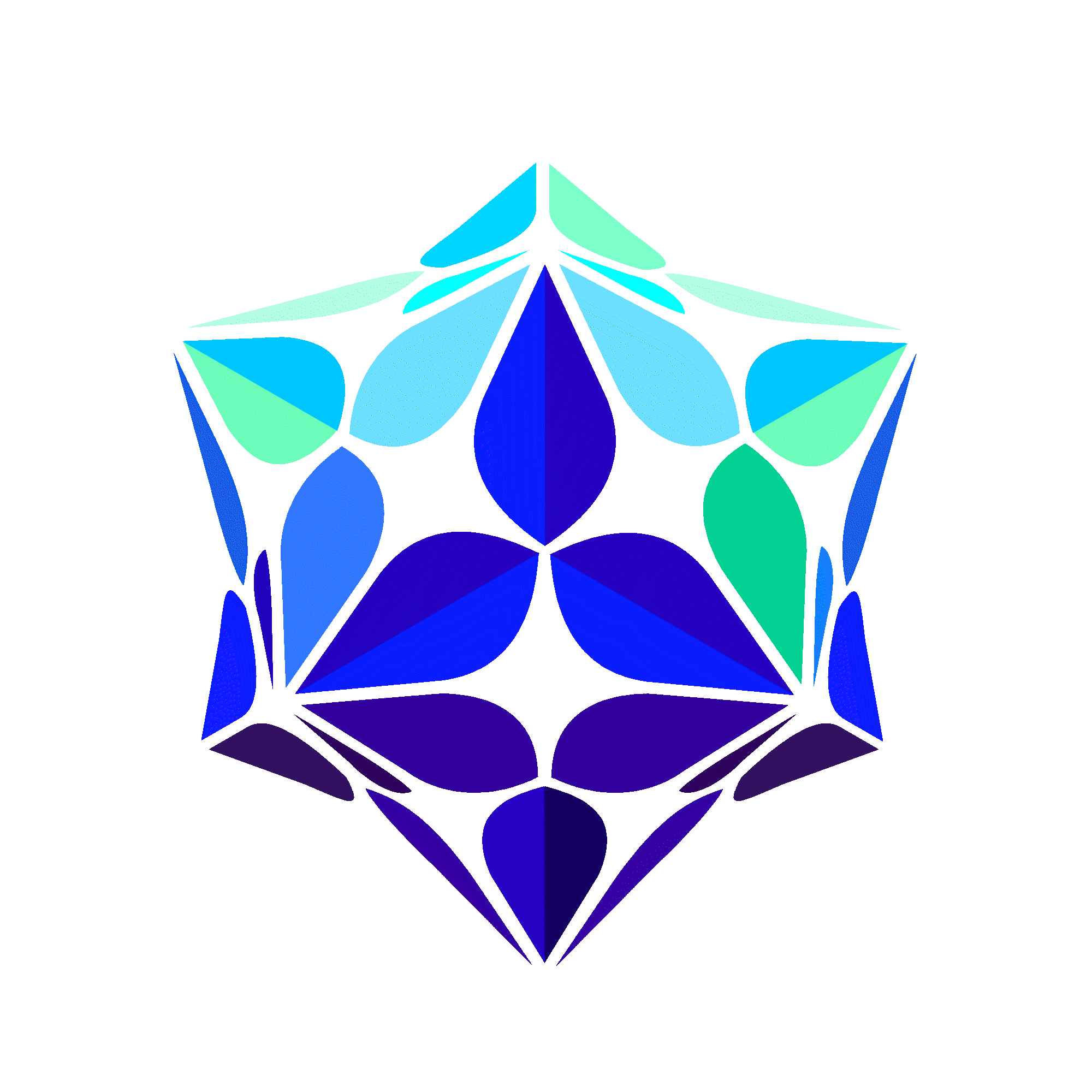 « Home
« Home
